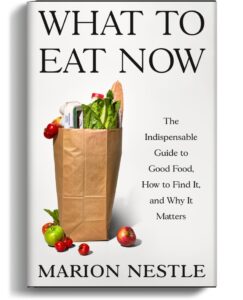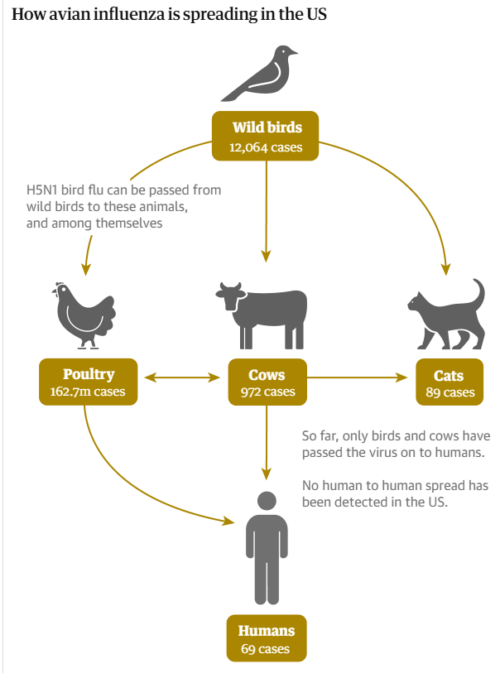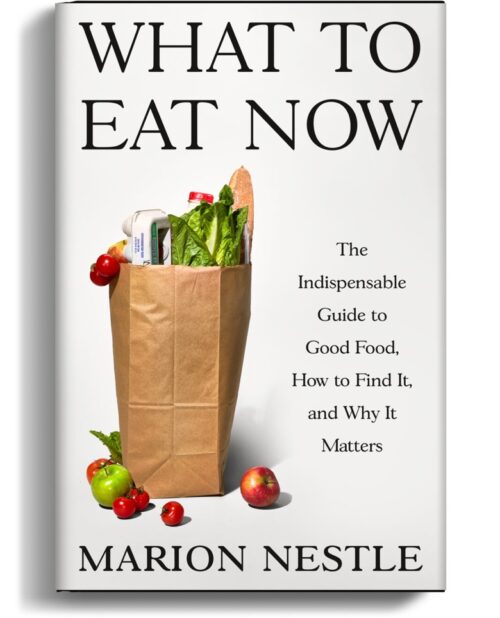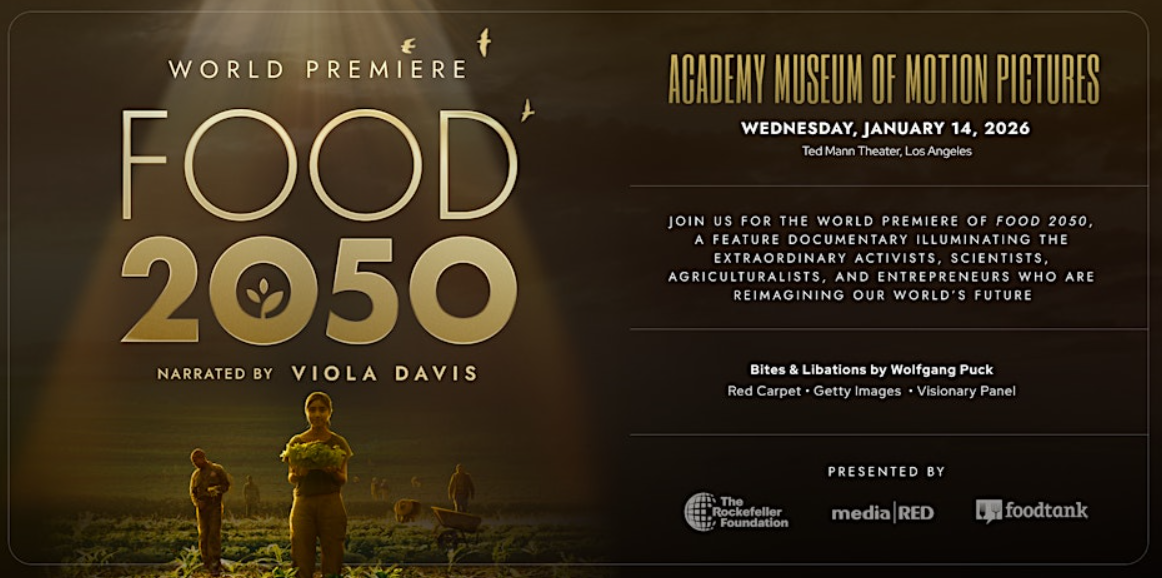Industry funded study of the week: Pet food
Pet food? Yes, pet food.
I subscribe to Pet Food Industry, an exceptionally intelligent and informative newsletter.
This piece caught my eye: Study: Farmer’s Dog finds fresh dog food boosts hydration more than kibble.
One great thing about this publication is that its writers get right to the point:
Company published research showing fresh diets increase total water intake in dogs compared to dry food.
The Farmer’s Dog announced research showing that fresh diets help dogs stay more hydrated than traditional dry food. The company said the findings are among the first to directly measure total water intake in dogs across different diets.
Farmer’s Dog sells freshly made meals for dogs.
- The study: Front. Vet. Sci., 06 November 2025. Volume 12 – 2025 | https://doi.org/10.3389/fvets.2025.1675990
- Method: “Ten dogs were used in a single cross-over study design to quantify and compare feeding a fresh food (71.1% moisture) versus a dry kibble food (6.1% moisture) on total daily water consumption (drinking + food moisture).”
- Results: “…dogs consuming the fresh food consumed significantly more total water daily on average per day.”
- Conclusion: “…fresh food can impact urine relative supersaturation and help support hydration in healthy adult dogs or those that are at risk of dehydration and water loss.”
- Funding: “The author(s) declare that financial support was received for the research and/or publication of this article. This series of studies was fully funded by The Farmer’s Dog. The funder was not involved in the study design, collection, analysis, interpretation of data, the writing of this article, or the decision to submit it for publication.”
- Conflict of interest: RS and RY were employed by The Farmer’s Dog. RS and RY are employed within the Research Department of The Farmer’s Dog and conduct nutrition research for potential use in future commercial fresh dog food applications and products.
Comment
Disclosure: I met the founders of Farmer’s Dog years ago when they first started the company, and have followed its progress with great interest. Their company has done well. Its freshly made meals are not cheap. To find out what they cost, you have to fill out a lengthy form about your dog. For the chapter on pet food in What to Eat Now, I invented and filled out the form for a 20-pound, moderately active dog. Its meals cost $5 a day in 2024 ($1800 a year).
As for this study: it is a standard example of industry-funding, conducted by employees of the funder, with a predictable outcome favoring the sponsor’s product. A second study compared Farmer’s Dog food to canned food; in this one dogs eating the canned food took in more water. But the overall conclusion makes perfect sense; if you feed dogs more water, they take in more water.





